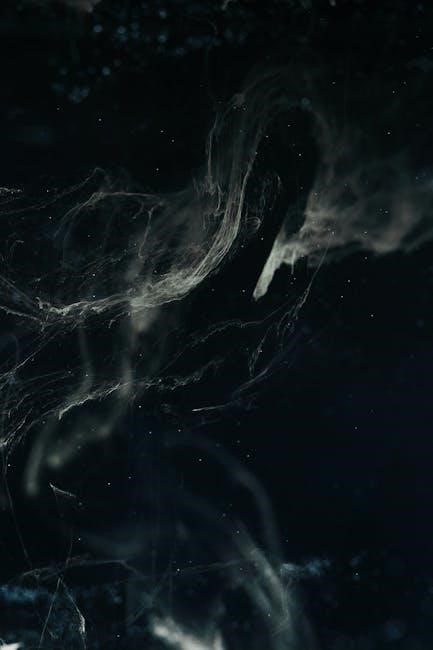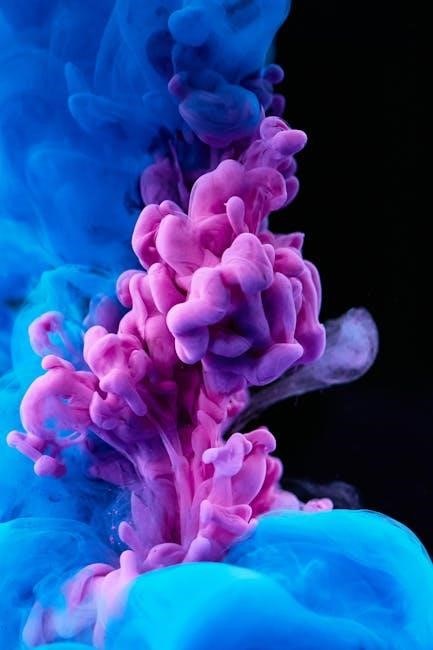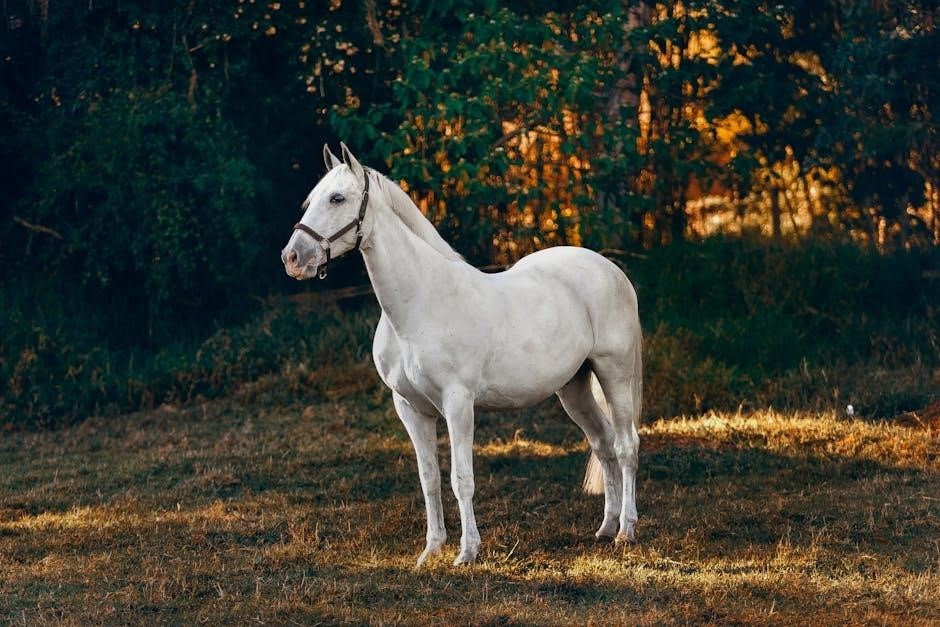Understanding Pony Diffusion XL
Pony Diffusion XL is a versatile Stable Diffusion model known for its ability to generate artistic content, particularly in anime and furry styles. It excels in creating detailed, high-quality images with specific tags and aesthetic scores, making it a popular choice for creative projects. The model’s efficiency and adaptability allow users to explore various art styles and refine their outputs effectively.
What is Pony Diffusion XL?
Pony Diffusion XL is a specialized Stable Diffusion model tailored for generating artistic content, particularly in anime and furry styles. It is known for its versatility and ability to produce high-quality, detailed images with specific aesthetic scores and tags. The model is trained on extensive datasets, including booru sites, which are libraries of tagged artwork. This training enables it to understand and respond to intricate prompts, making it a favorite among creators seeking unique and stylized results. Pony Diffusion XL excels in creating NSFW content and is particularly adept at producing adorable anime characters and furry art. Its efficiency and adaptability make it a powerful tool for artists and designers exploring AI-generated imagery. Understanding its capabilities and how to leverage its tagging system is essential for maximizing its potential and achieving desired outcomes.
Key Features and Capabilities
Pony Diffusion XL offers a range of advanced features that make it a standout tool for AI art generation. Its ability to interpret and apply aesthetic scores allows for precise control over image quality and style, with higher scores typically yielding more refined results; The model supports extensive tagging systems, enabling users to craft highly specific prompts for detailed outputs. It is particularly adept at generating NSFW content, anime characters, and furry art, making it a favorite among niche communities. Additionally, Pony Diffusion XL integrates seamlessly with LoRA fine-tuning, enabling customizations that further enhance its versatility. The model’s compatibility with various samplers and settings also provides flexibility for experimentation, ensuring that creators can explore a wide range of artistic possibilities. These features collectively make Pony Diffusion XL a powerful and adaptable choice for both novice and experienced users seeking high-quality AI-generated imagery.

Mastering the Basics of Prompting
Refining prompts to extreme specificity is crucial for achieving desired results. Utilize aesthetic scores like score_9 for higher quality and explore detailed tags to enhance creativity and precision in your AI-generated imagery.
How to Write Effective Prompts
Writing effective prompts for Pony Diffusion XL requires a combination of specificity, creativity, and understanding of the model’s capabilities. Start by clearly defining the subject, style, and desired outcome. Use detailed tags to guide the generation, such as “adorable anime character” or “vibrant fur colors,” to achieve precise results. Aesthetic scores like score_9 or score_8 can enhance quality, while experimenting with negative prompts helps avoid unwanted elements. Structuring your prompt with clear sections, such as subject, style, and setting, improves clarity. Additionally, leveraging tools like ChatGPT to refine your prompts can streamline the process. Practice and iteration are key, as small adjustments can significantly impact the final output. By mastering these techniques, you can unlock the full potential of Pony Diffusion XL and create stunning, detailed images tailored to your vision.
Understanding Aesthetic Scores and Tags

Aesthetic scores and tags are crucial components in refining your prompts for Pony Diffusion XL. These elements help the model understand your artistic vision and generate images that align with your expectations. Aesthetic scores, such as score_9 or score_8, indicate the quality and appeal of the image, with higher scores typically yielding more polished results. Tags, on the other hand, provide specific descriptors that guide the model’s output, such as “cute pony” or “vibrant colors.” These tags are often derived from booru sites, which serve as databases of categorized art styles and elements. By combining detailed tags with aesthetic scores, you can achieve more consistent and precise results. For example, pairing “adorable anime character” with score_9 ensures the model prioritizes both style and quality. This system allows users to fine-tune their prompts effectively, making it easier to produce the desired imagery with minimal trial and error.

Advanced Techniques for Better Results
Experiment with LoRA fine-tuning, samplers, and detailed prompts to unlock Pony Diffusion XL’s full potential. These advanced methods allow for custom styles, improved quality, and unique artistic expressions, enhancing your creative workflow significantly.
Using LoRA Fine-Tuning for Customization
LoRA (Low-Rank Adaptation) fine-tuning is a powerful method to customize Pony Diffusion XL. By adjusting specific parameters, users can adapt the model to their artistic preferences, enabling unique styles and themes. This technique enhances creativity without retraining the entire model, making it efficient and accessible. Fine-tuning allows for tailored outputs, ensuring consistency in generated images while maintaining the model’s versatility. With LoRA, artists can explore niche styles or refine existing ones, pushing the boundaries of AI-generated art. Regular experimentation and practice are recommended to master this advanced customization method. The results often yield highly personalized and detailed images, showcasing the full potential of Pony Diffusion XL in creative projects. This approach is particularly beneficial for those seeking distinct artistic expressions, making it a key tool for advanced users. Fine-tuning with LoRA is a game-changer for achieving specific visual goals efficiently.
Experimenting with Samplers and Settings
Experimenting with samplers and settings is crucial for achieving desired results in Pony Diffusion XL. Different samplers, such as Euler and DPM++, can significantly impact image quality and style. Adjusting settings like CFG scale, denoising steps, and upscaling factors allows for precise control over the output. For instance, a higher CFG scale enhances prompt adherence, while more denoising steps improve detail. Upscaling techniques, such as 2x Ultimate SD Upscale, can refine images further. Each configuration offers unique advantages, so exploring various combinations is key to mastering the tool. Regular experimentation helps users discover their preferred balance between quality and efficiency. By tailoring these parameters, artists can unlock the full creative potential of Pony Diffusion XL, ensuring their visions are accurately represented in the generated art. This process of trial and error is essential for optimizing results and achieving stunning, detailed images that align with artistic goals.

Avoiding Common Mistakes
Avoiding common mistakes is essential for maximizing the potential of Pony Diffusion XL. One frequent error is using overly vague prompts, which can lead to inconsistent results. To combat this, craft ultra-specific prompts with relevant tags, ensuring clarity and precision. Another mistake is neglecting to explore sampler options; experimenting with different samplers can significantly enhance image quality. Additionally, ignoring aesthetic scores and tags often results in less desirable outcomes. Users should also avoid overcomplicating prompts, as this can confuse the model. Properly understanding and utilizing LoRA fine-tuning is another area where mistakes often occur, so thorough research is recommended. By studying tutorials and guides, users can identify and avoid common pitfalls, refining their approach to achieve better results. Continuous practice and learning from others’ experiences are key to mastering the nuances of Pony Diffusion XL and producing high-quality, detailed images consistently.

